Interpolated Motion Blending
As of August 5th, 2025, Golaem will no longer provide direct support.
All support for Autodesk Golaem will now be handled exclusively through Autodesk support channels and this website will be deactivated soon.
Please bookmark the Autodesk Golaem Support section for any future support needs related to Autodesk Golaem packages.
The Interpolated Blend Mode performs blending as classically used in animation, e.g. it consists in performing an interpolation between several animations:
|
Interpolated Animations Input/Configuration
|
Main Blend Pass Output Animation | |
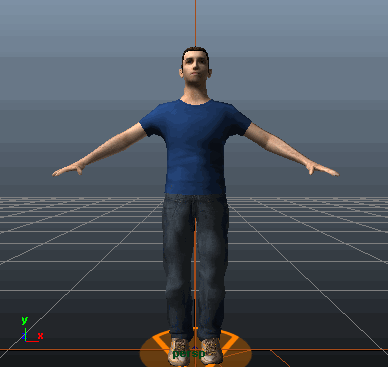 A-Stance Interpolated Blend Mode |
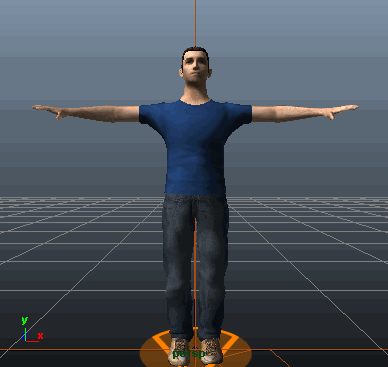 Waving T-Animation Interpolated Blend Mode |
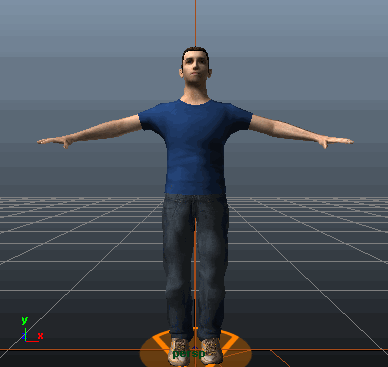 Average Waving Animation |
All behaviors in Interpolated Blend Mode are blended during the Main Blend Pass (see details below)
Interpolated Mode: Priorities and Weights
Priorities and weights can be configured to handle animation concurrency and control accurately the interpolated blend. For instance, considering the following configuration for the 2 interpolated animations in the previous example:
| Priorities/Weights Configuration | Main Blend Pass Output Animation |
| A-Stance priority is higher than Waving T-Animation priority |
 A-Stance |
|
A-Stance priority is equal to Waving T-Animation priority A-Stance weight is 0.75 Waving T-Animation weight is 0.25 |
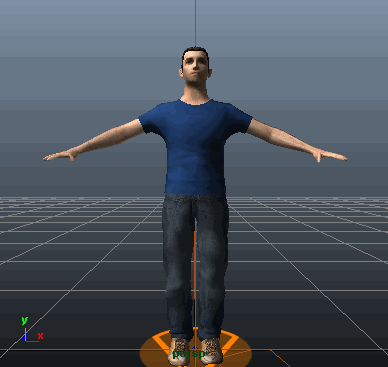 75% of A-Stance 25% of Waving T-Animation |
|
A-Stance priority is equal to Waving T-Animation priority A-Stance weight is equal to Waving T-Animation weight |
 50% of A-Stance 50% of Waving T-Animation |
|
A-Stance priority is equal to Waving T-Animation priority A-Stance weight is 0.25 Waving T-Animation weight is 0.75 |
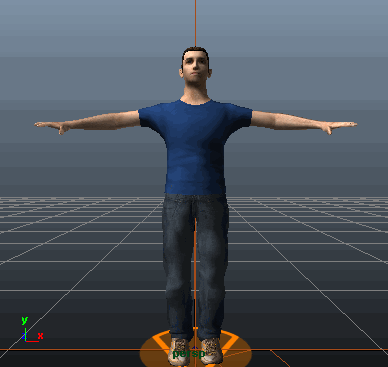 25% of A-Stance 75% of Waving T-Animation |
| A-Stance priority is lower than Waving T-Animation priority |
 Waving T-Animation |




